Conditions We Treat

Back Pain
One of the most common complaints, lower back pain, affects most people at some point in their lives. However, simple home treatment, proper body mechanics, and prevention can generally alleviate the pain. Back pain rarely requires surgery.

Leg Pain
Our team of experts can treat leg pain as well, caring for problems ranging from deep vein thrombosis to nerve damage or arthritis. If you experience persistent leg pain that doesn’t respond to home remedies, make sure to contact an expert soon.

Arm Pain
With a great understanding of how the spine and body work together comes a great understanding of how the limbs are affected as well. Arm pain can sometimes be caused by factors affecting the spinal column, and we can help determine where your pain is coming from — and then help you alleviate it.

Neck Pain
Neck pain is another common complaint. The source of neck pain is usually tends to be muscle strain, which can be treated non-surgically. However, symptoms such as shooting pain and numbness in the shoulders and arms can imply a more serious condition that requires medical intervention.
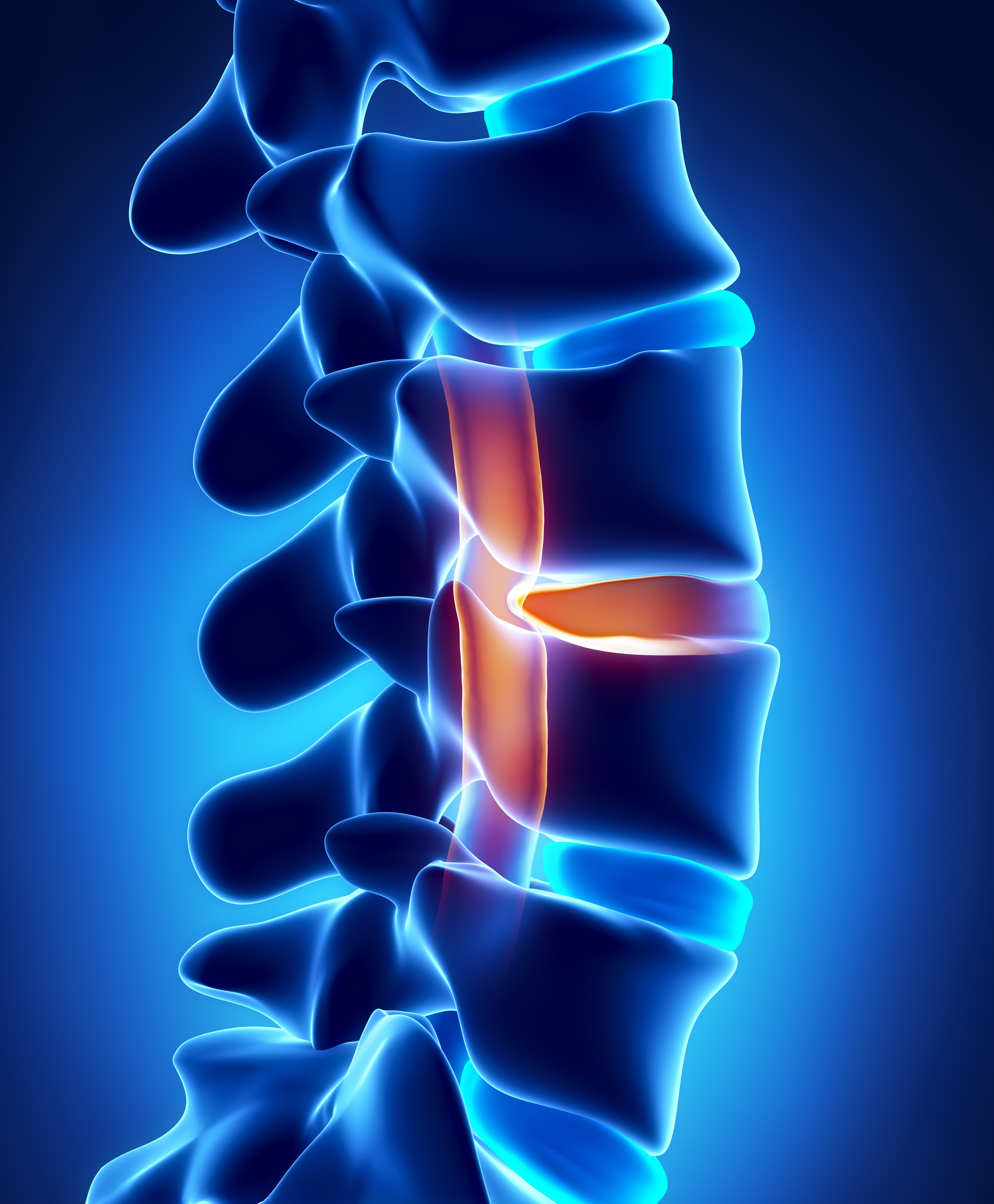
Degenerative Disc
Degenerative Disc generally refers to wear and tear on the discs in the neck and mostly affects those around age 55+. As it progresses with age, it can lead to cervical osteoarthritis in the facet joints. More often than not, non-surgical options prove to be effective.
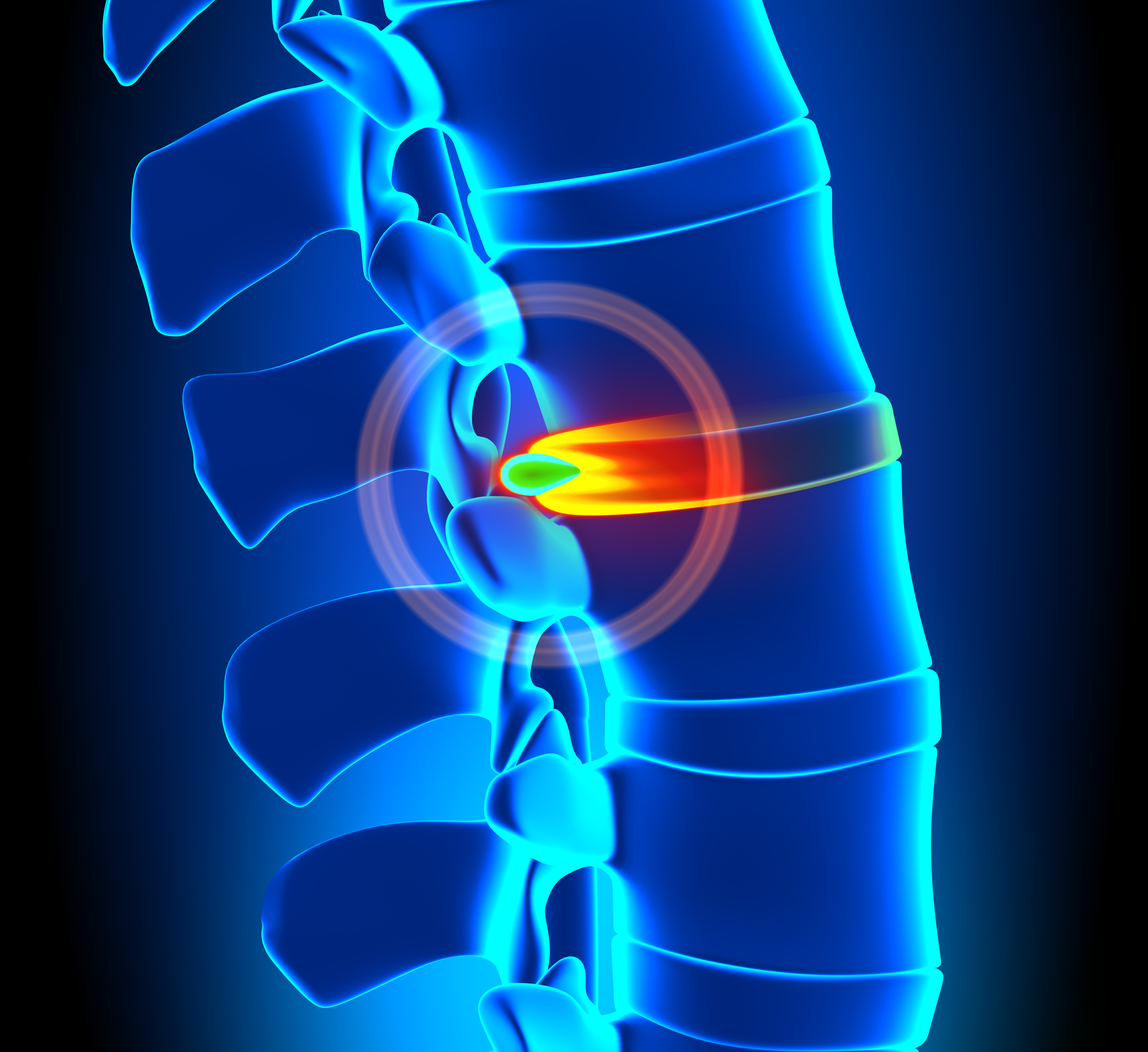
Bulging Disc
A bulging disc is the result of a disc that shifts out of its normal radius and bulging through a crevice in the spine. This typically occurs slowly over time and with age, which differentiates it from a herniated disc. It is generally not problematic unless it causes pain, becomes herniated, or ruptures.
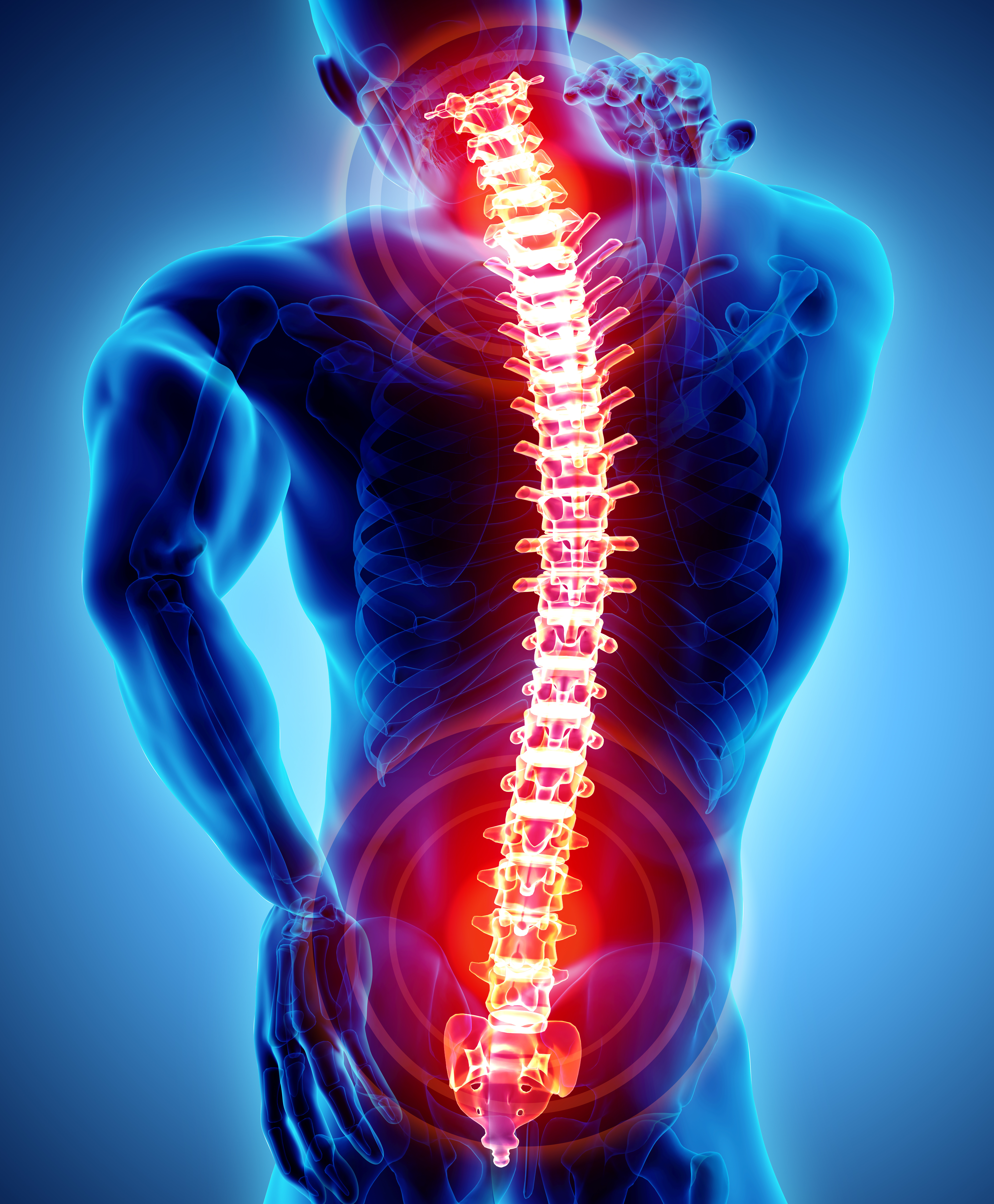
Facet Disease
When arthritis or degeneration (wear and tear) of the cartilage of the facet joints in the spine causes pain in the joint itself. This can lead to severe pain all the way to the hips, thighs, shoulders and arms — though pain is usually localized to the area of the problem joint.
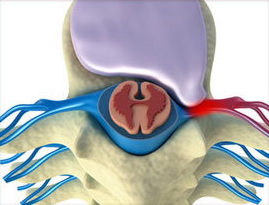
Foraminal Stenosis
Foraminal stenosis is similar to spinal stenosis. It primarily affects the vertebral foramen, causing them to become more narrow. This can result in pinched nerves that cause numbness, tingling, or weakness. The vast majority of cases occur in the lowest lumbar region of the spine. If conservative treatment methods have failed, our physicians can use minimally invasive surgical techniques to open compressed canals, relieving painful symptoms, and restoring health to the nerve roots of the spine.

Herniated Disc
Also called “slipped” or “ruptured” disc, a herniated disc occurs when part of the pad suddenly pushes into the spinal canal causing pain, numbness, and weakness in the back, legs, or arms. This rarely involves surgery, as non-surgical treatments generally improve the condition.

Spondylolisthesis
Forward or backward slippage of a vertebrae on another typically caused by a stress fracture among the lumbar vertebrae. This can lead to spinal deformity, narrowing of the spinal canal, and even compression of the exiting nerve roots.
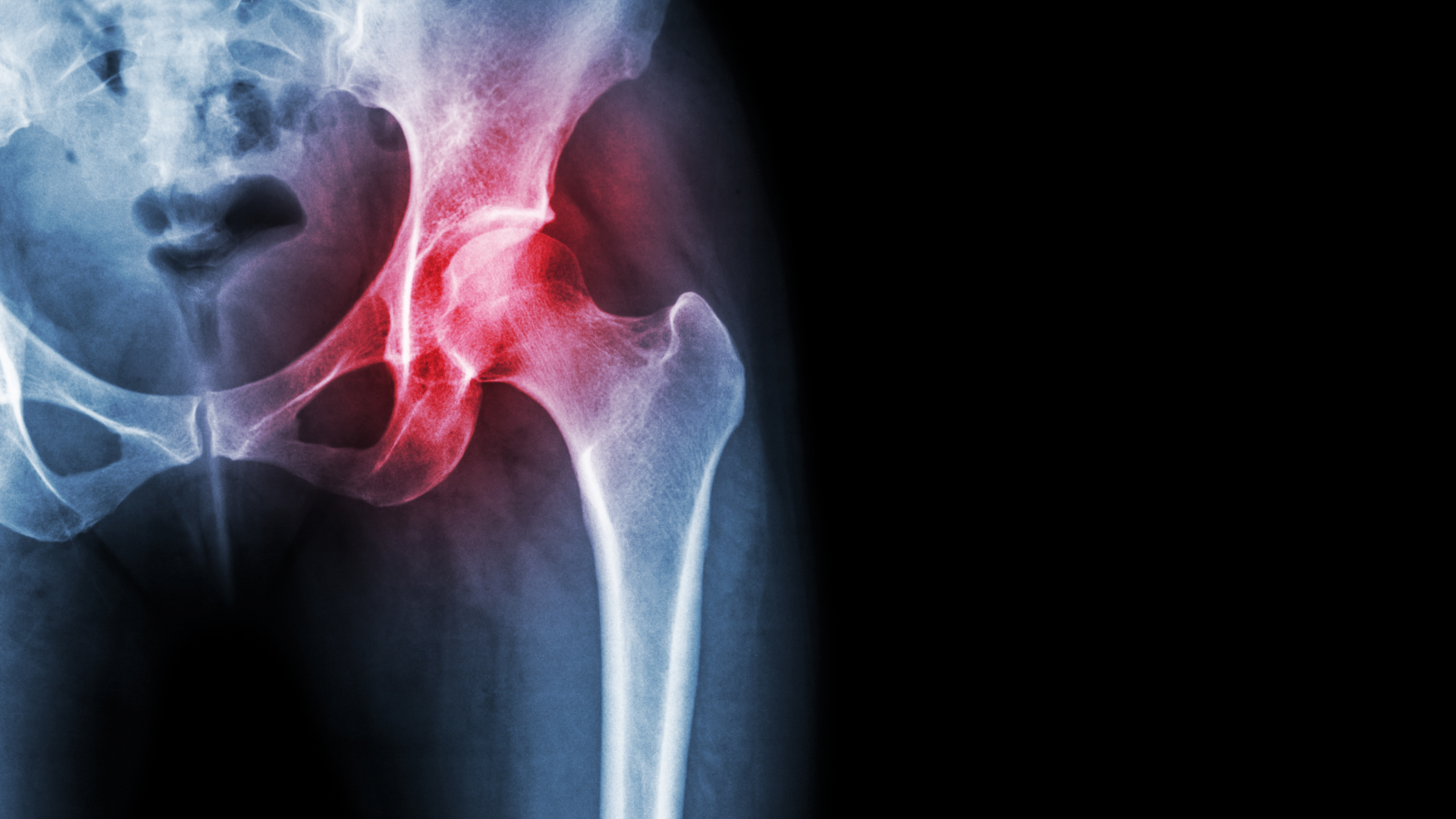
Osteoarthritis
Also known as degenerative joint disease, osteoarthritis is the most common form of arthritis. It occurs when cartilage in your joints wears down over time. Though there is no cure, osteoarthritis treatments can relieve pain and help you remain active.
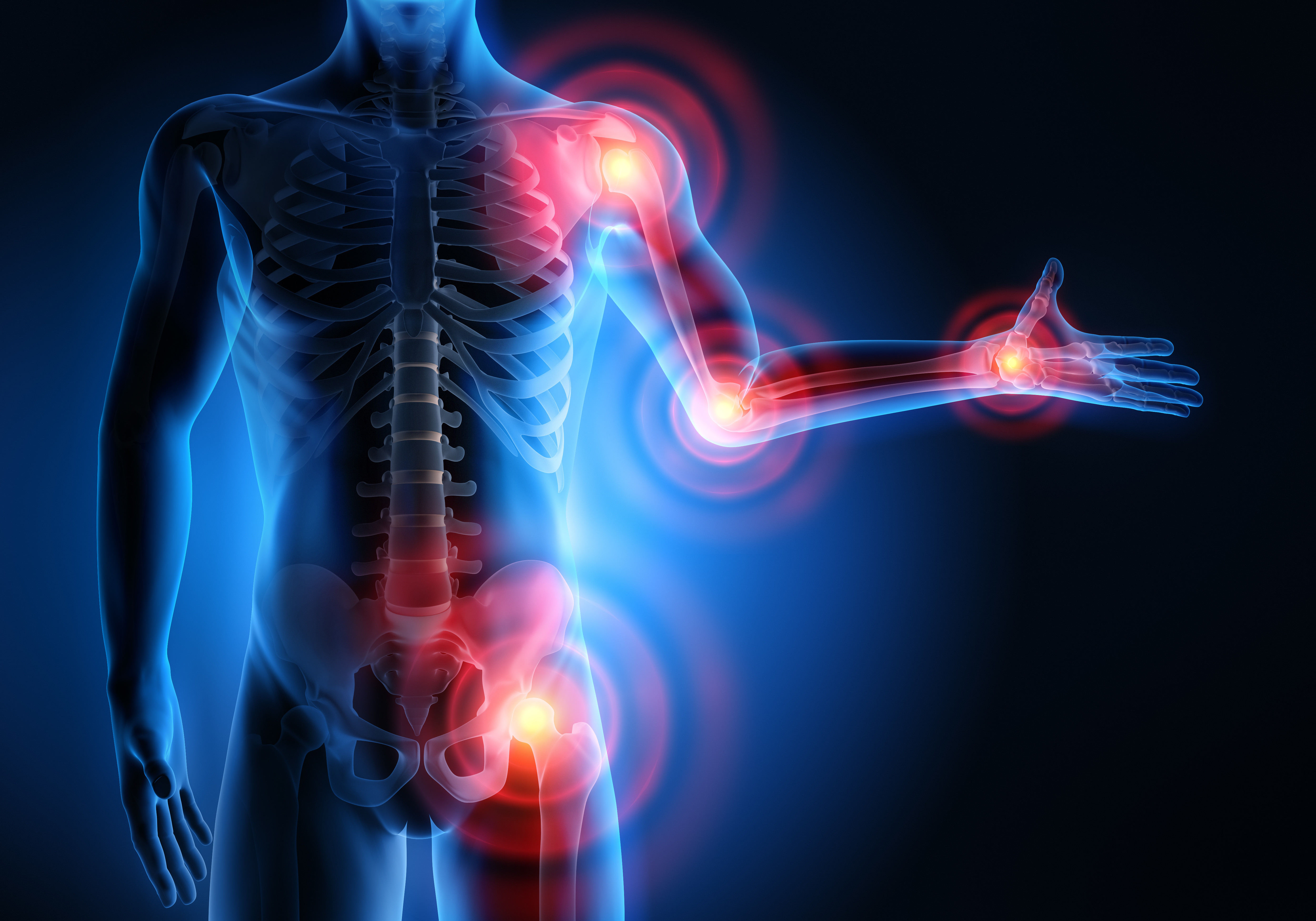
Osteomyelitis
Bone infections generally occur in the leg and arm bones, as well as the spine and pelvis. This serious condition occurs in children and adults and requires serious treatment in order to cure the infection and save the affected bone.
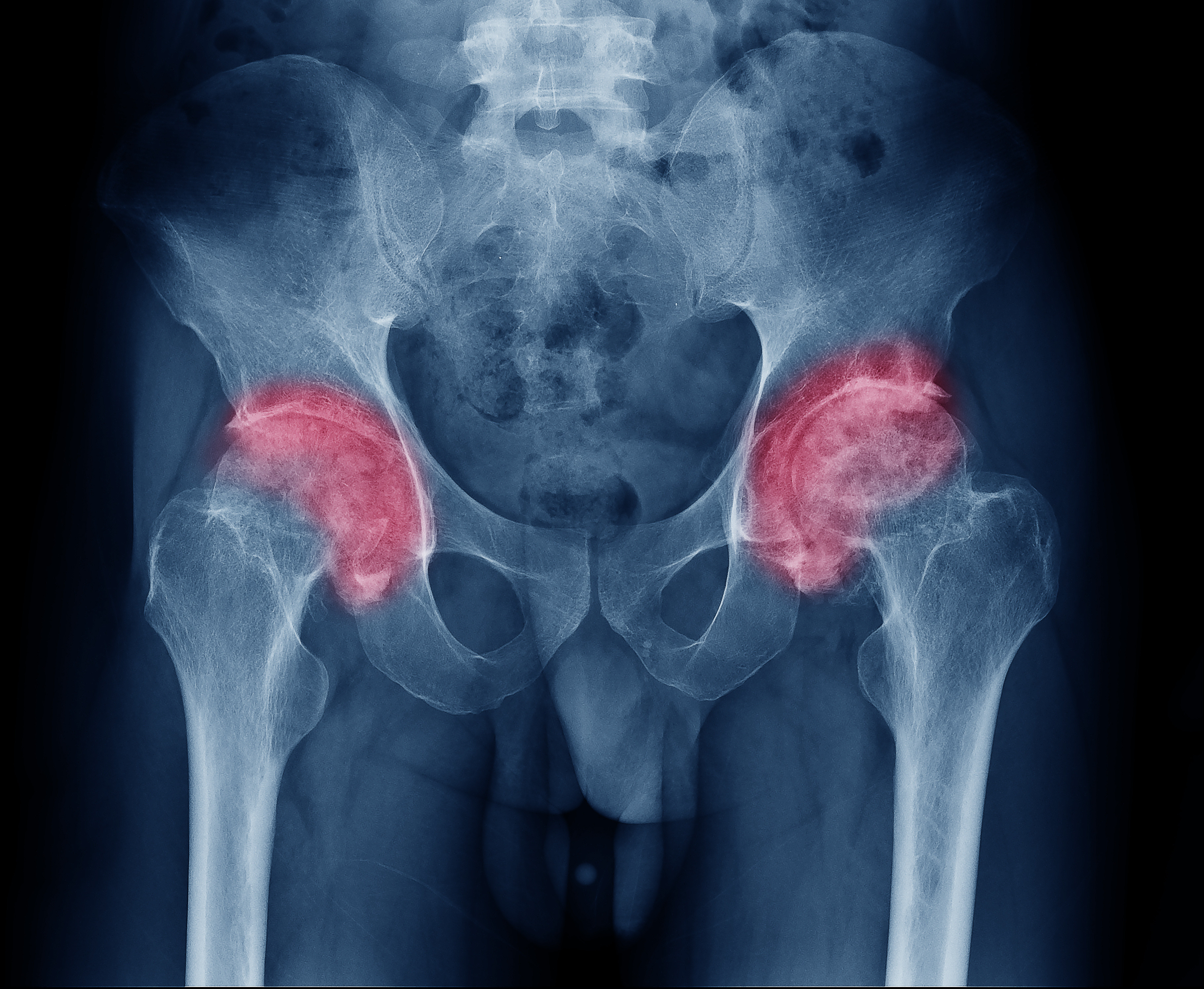
Osteoporosis
Often called “the silent disease,” osteoporosis is a bone condition characterized by decreased bone mass and the subsequent deterioration of bone tissue. Low levels of calcium and other minerals in the bones can cause them to become weak and brittle, often resulting in fractures in the spine, hip, or wrist. Many people have low bone density, which puts them at risk for developing osteoporosis.
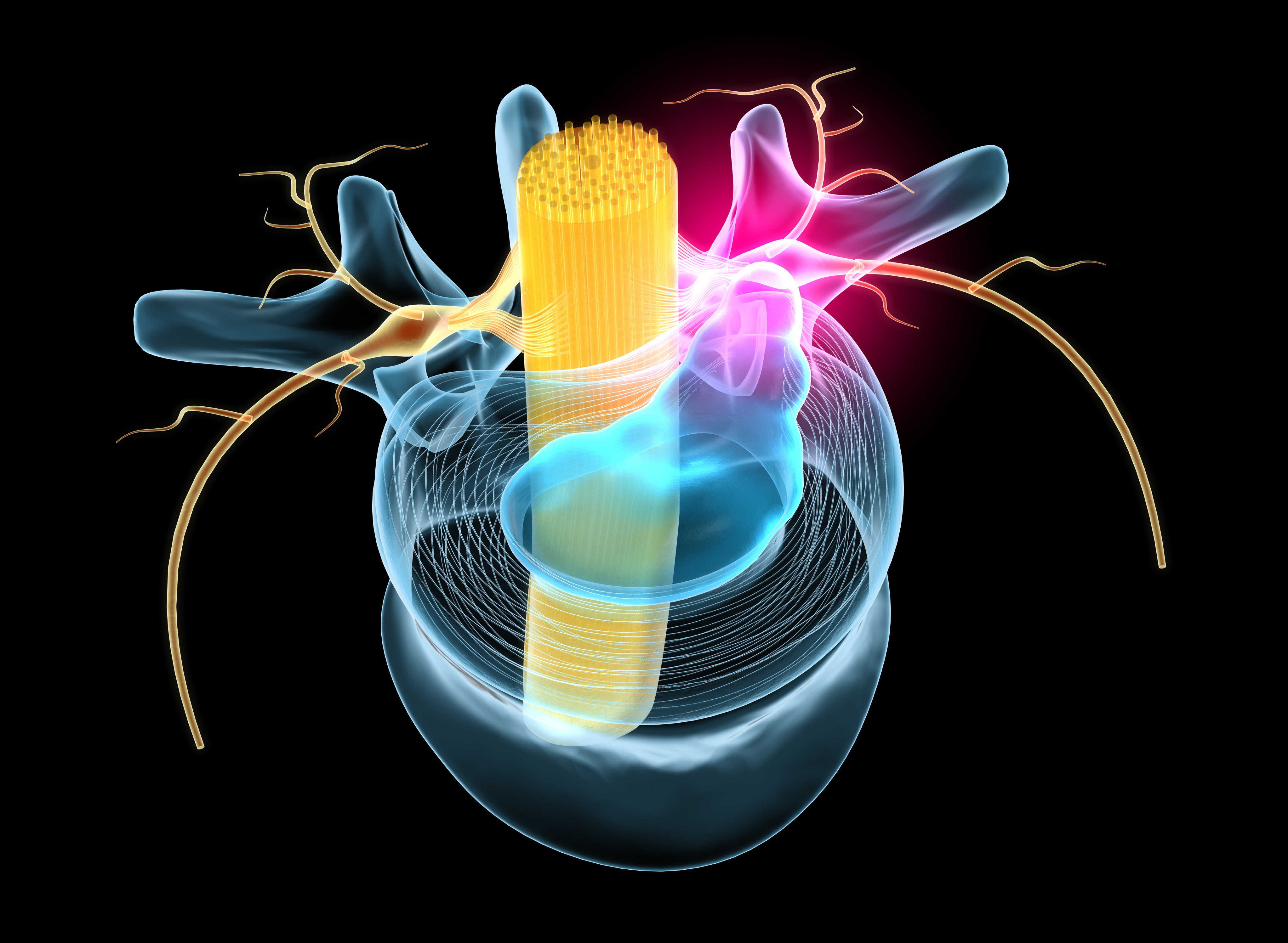
Pinched Nerve
When bones, cartilage, muscles, or tendons press against the nerve causing pain, numbness, or tingling. Non-surgical treatments and rest generally relieve such pain. However, in some cases, surgery is necessary to properly treat the problem.
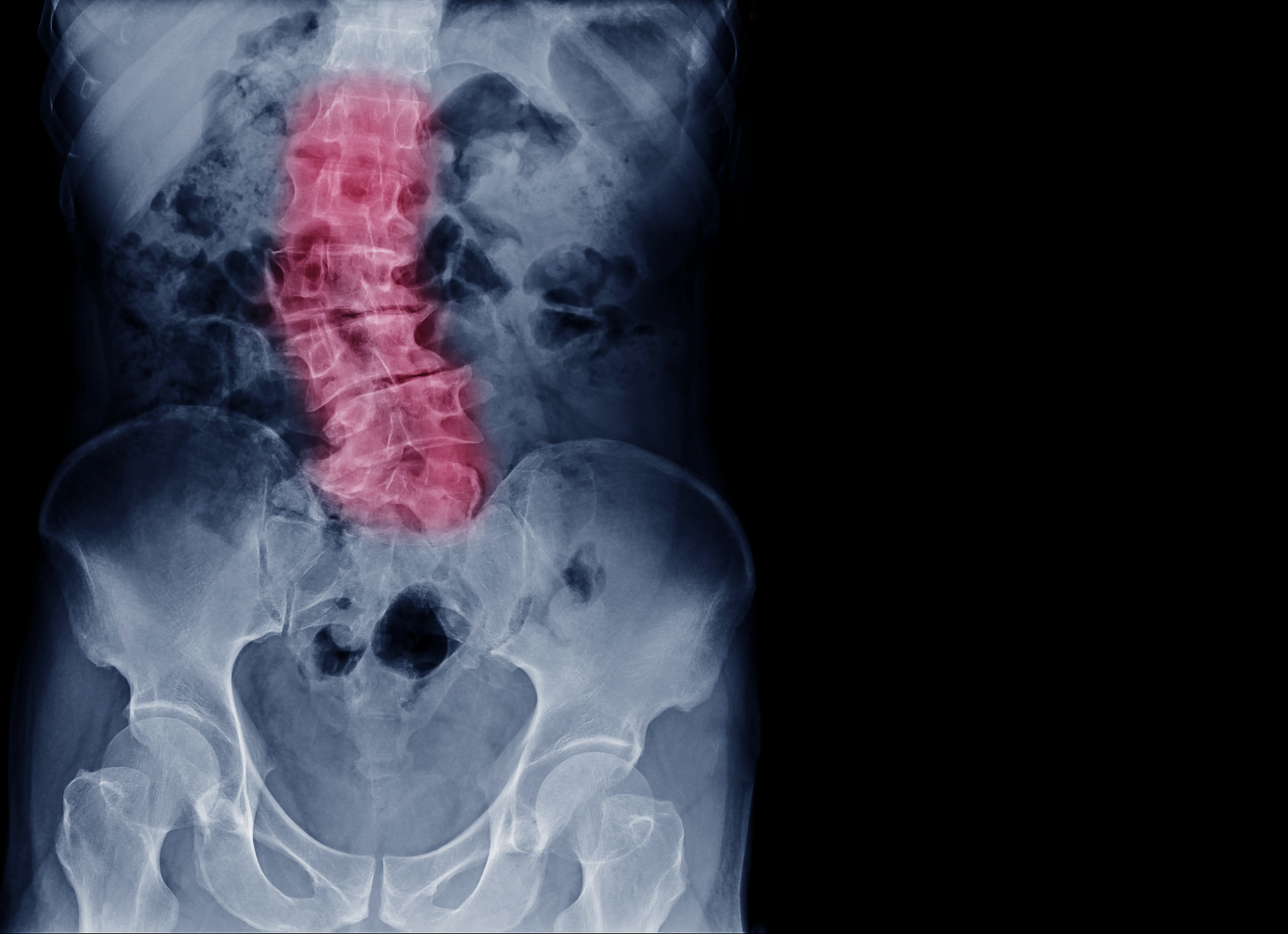
Scoliosis
Scoliosis, a sideways curvature of the spine, generally occurs prior to puberty, however, it occasionally affects adults as well. Most scoliosis cases are mild, but severe cases can be disabling and can even reduce the space within the chest cavity, thereby preventing proper organ function.

Spinal Fractures
Back pain is not just another inevitable aspect of growing older. It could be a sign of stress fractures within your spine, called vertebral compression fractures.

Spinal Stenosis
Spinal stenosis refers to narrowing of the inner area of the spine, which can place pressure on the spinal cord and/or surrounding nerves. Usually the result of osteoarthritis-related bone damage, mild cases can be treated non-surgically while serious cases may require surgery.
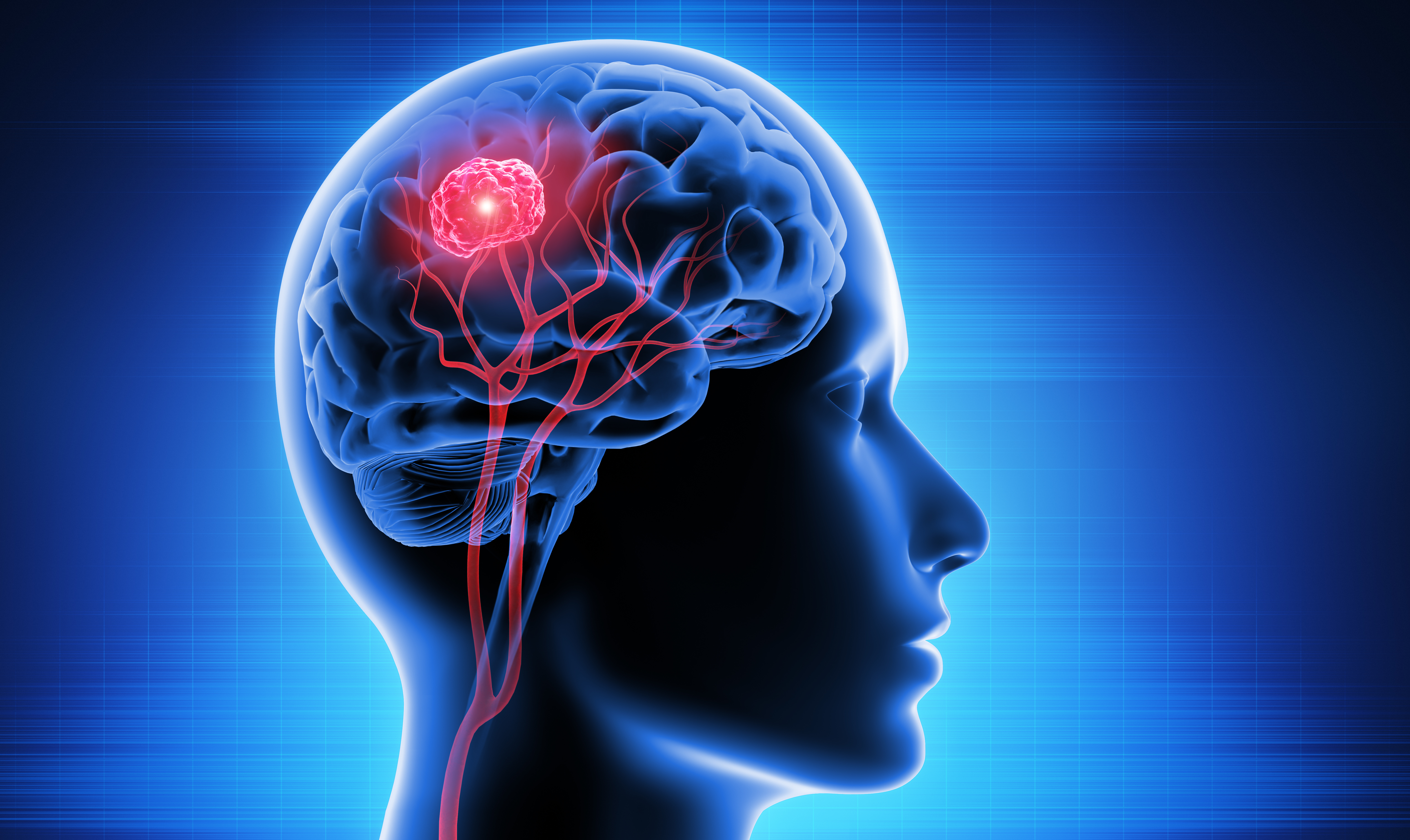
Brain Tumor
Tumors are caused by an abnormal amount of cell growth. When tumors develop in the brain, they can be benign or cancerous and can affect different functions of the body, depending on where the tumor is located in the brain. Despite popular belief, patients are asleep during the entire surgery. Our team of neurosurgeons are able to remove tumors from the brain effectively so that patients can return to their high quality of life.

Chiari Malformation
Chiari malformation occurs when there is a defect at the base of the skull and cerebellum. The cerebellum is part of the brain that is mainly responsible for movement and coordination and is located near the entry of the spinal cord.. Chiari malformations occur when the part of the cerebellum tissue extends over into the entry of the spinal cord and causes pressure of the brain stem and blockage of spinal fluid. Our team is trained to help relieve the symptoms of chiari malformations.

Carpal Tunnel Syndrome
The carpal tunnel is a small passageway in the wrist that is formed by the carpal bones. The medial nerve runs through the tunnel and is responsible for the movement of the fingers. Carpal tunnel syndrome occurs when the median nerve is pinched and causes numbness in the hand. Our team is trained to treat Carpal Tunnel Syndrome through the use of surgery.



